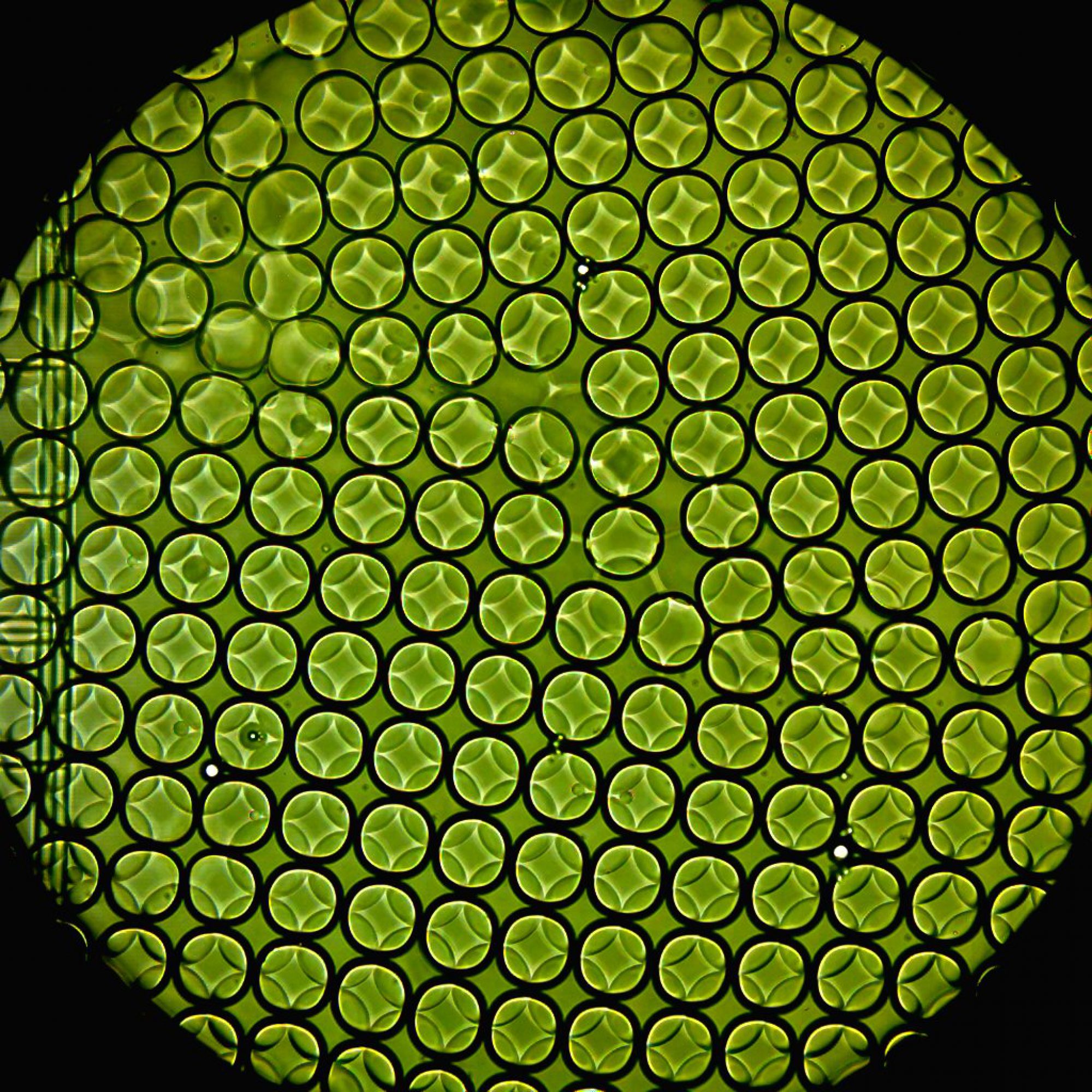
Estimating flow conditions in microfluidic devices for complex, multiphase systems is challenging. We use a commercial software, COMSOL Multiphysics (with great academic pricing), to estimate flow behavior in different geometries and at different fluid velocities and mixing ratio. This can be a handy tool to optimize device design and flow conditions, for faster prototyping.
Because simulating two-phase flows can be computationally intensive, we often concentrate on where the action is, e.g., the junction point on the Drop-Seq device shown above, where the two aqueous streams meet. Of course, one can also simplify the case to 2D, and sometimes, it is just easier (faster!) to build the prototype and test it with tracer dyes. Like everywhere else, judgment is key. That said, it is immensely helpful to visualize flow profiles and pressure gradients in the microfluidic devices, especially when the designs start to get complicated.
We use AutoCAD software to design microfluidic devices, and standard SU-8 lithograghy and replica molding techniques to fabricate them in PDMS. Syringe pumps and volume-driven flow are used to drive flow on these devices, but one can easily use positive pressure, like syringe pumps and gravity or, vacuum (negative pressure) to drive flows.
